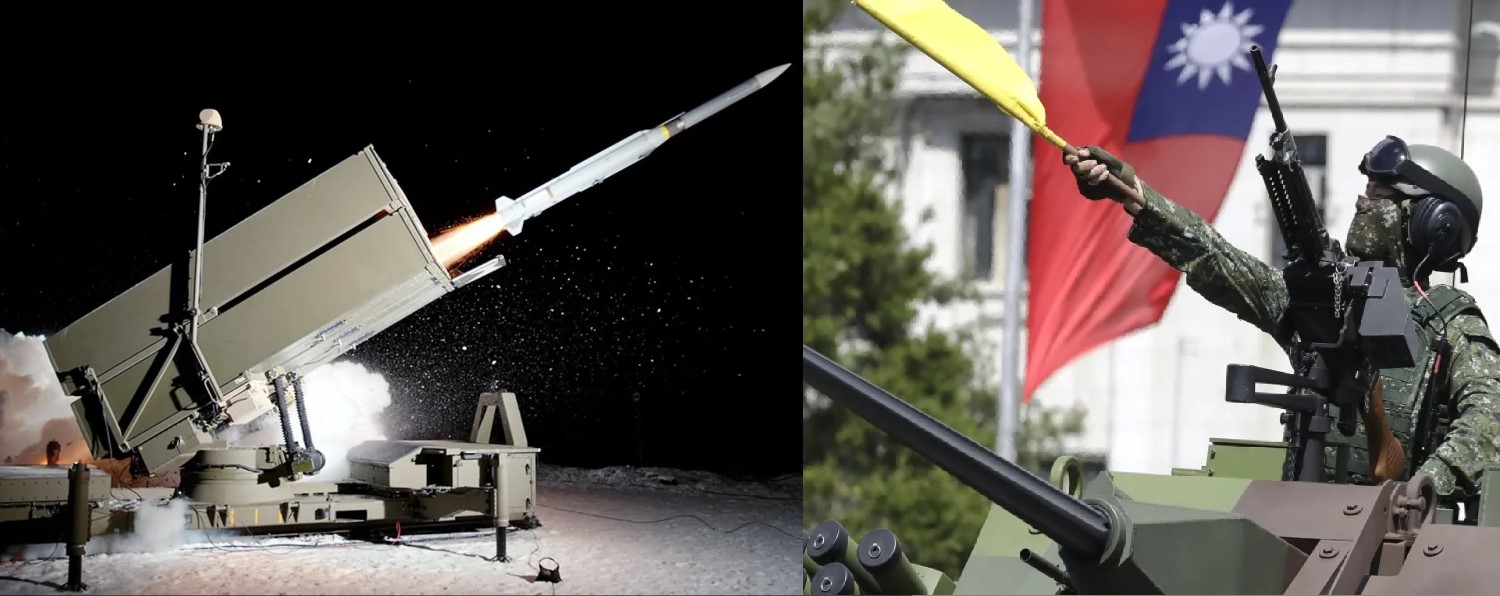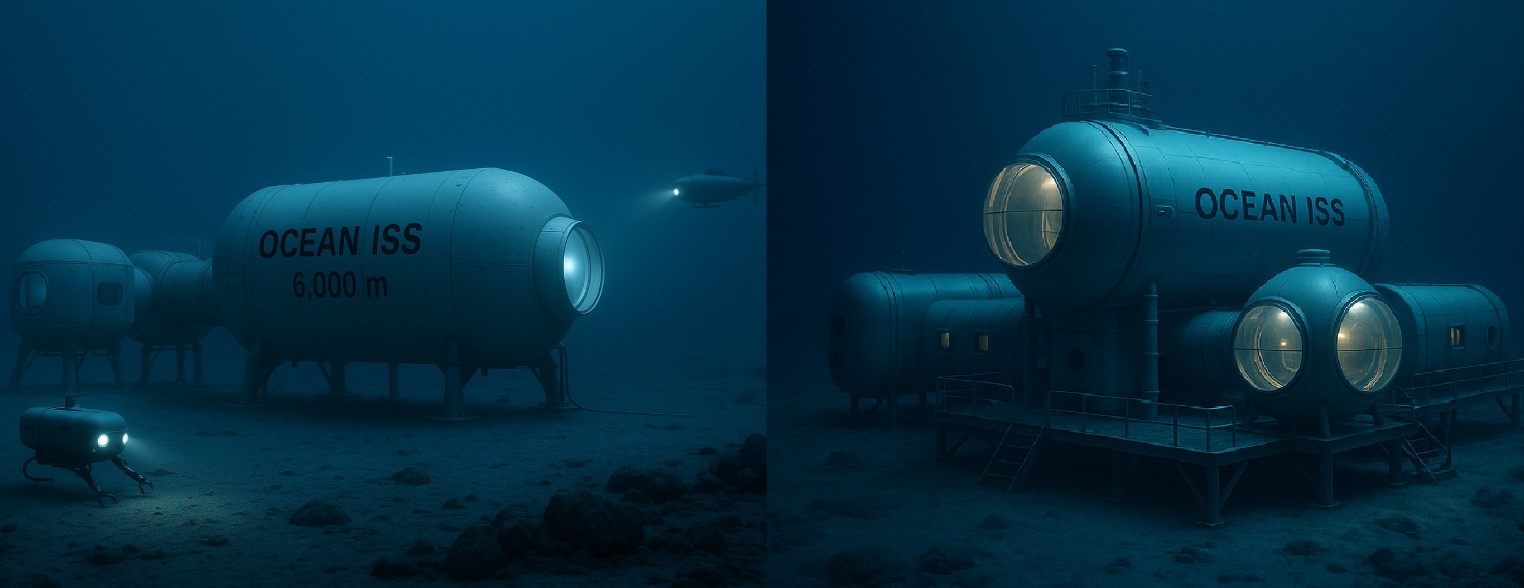India Issues 490 Km Long No-Fly Zone Near Andaman & Nicobar Islands form 25–27 November 2025

India has issued a Notice to Airmen (NOTAM) over the Andaman & Nicobar region, announcing a large no-fly zone from 25 November 2025, 0330 UTC, to 27 November 2025, 1200 UTC, indicating preparations for likely missile tests in the eastern Indian Ocean. The restricted area, mapped southwest of the Andaman Islands, stretches nearly 490 km across the Andaman Sea. Its elongated shape matches previous test corridors used for long-range ballistic or cruise missile trials, suggesting India may be readying a high-range weapon or naval strike system for evaluation.
The Andaman & Nicobar Islands hold major strategic importance as home to India’s only Tri-Service Theater Command, giving the military direct reach over the Bay of Bengal and access to the approaches of the Malacca Strait, one of the world’s busiest maritime chokepoints. India has frequently used this region for long-range missile experiments, ship-launched strikes, submarine-launched weapon tests, and joint operations involving the Navy and Air Force. The latest NOTAM aligns with India’s increasing tempo of missile development activities in the Indo-Pacific, where regional military competition continues to intensify.
Civilian air traffic transiting between Southeast Asia and mainland India is expected to reroute around the declared danger zone during the 48-hour window. Maritime traffic in the area will also receive navigational advisories, as falling booster stages or debris from missile trials could pose hazards. Such notifications are routine but remain a strong indicator that a live firing or high-altitude test is imminent.
While India has not officially confirmed the type of missile to be tested, announcements usually follow after a successful launch. With the NOTAM active until 27 November, defence analysts are watching closely for what may be another significant milestone in India’s expanding long-range strike and strategic deterrence capabilities in the eastern Indian Ocean.
✍️ This article is written by the team of The Defense News.





